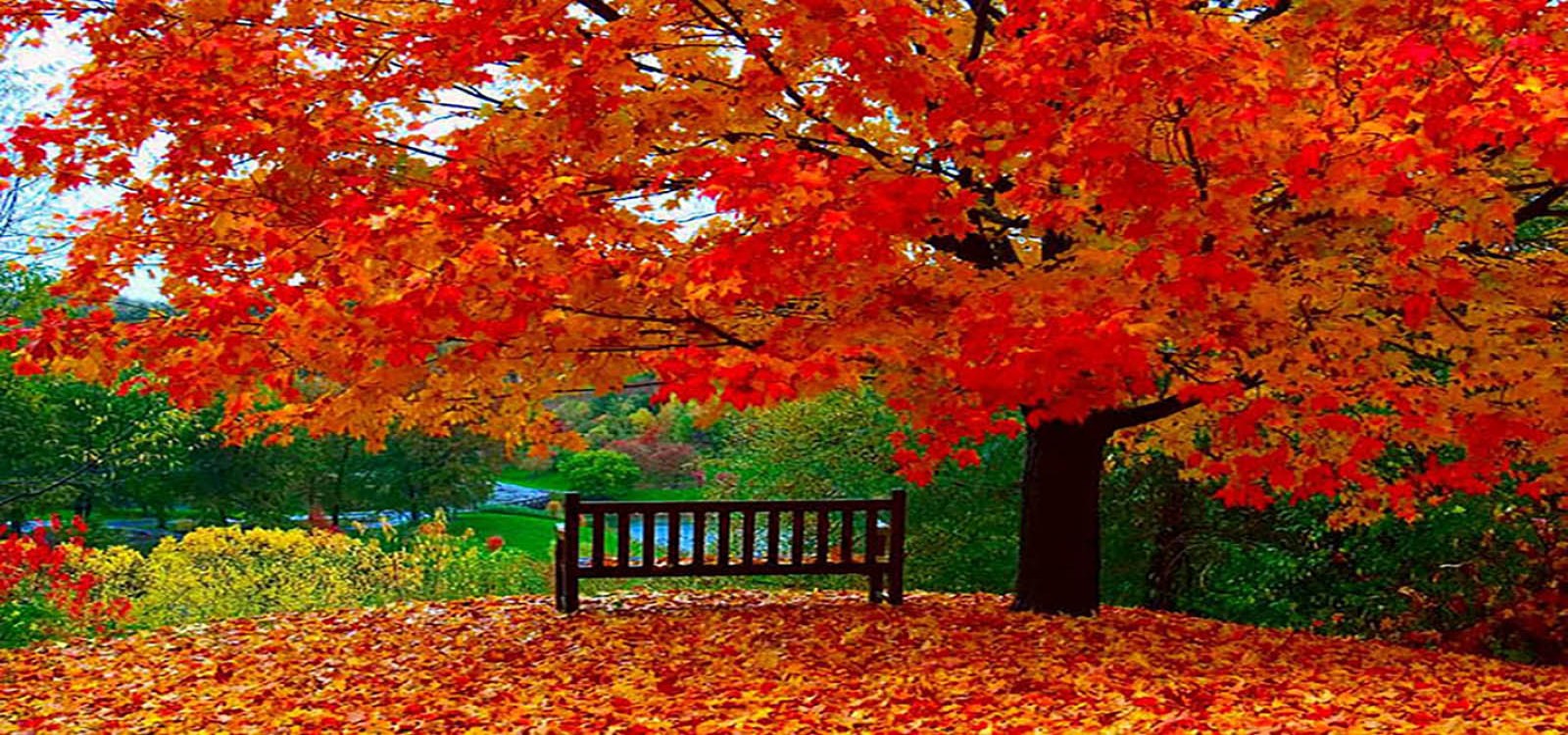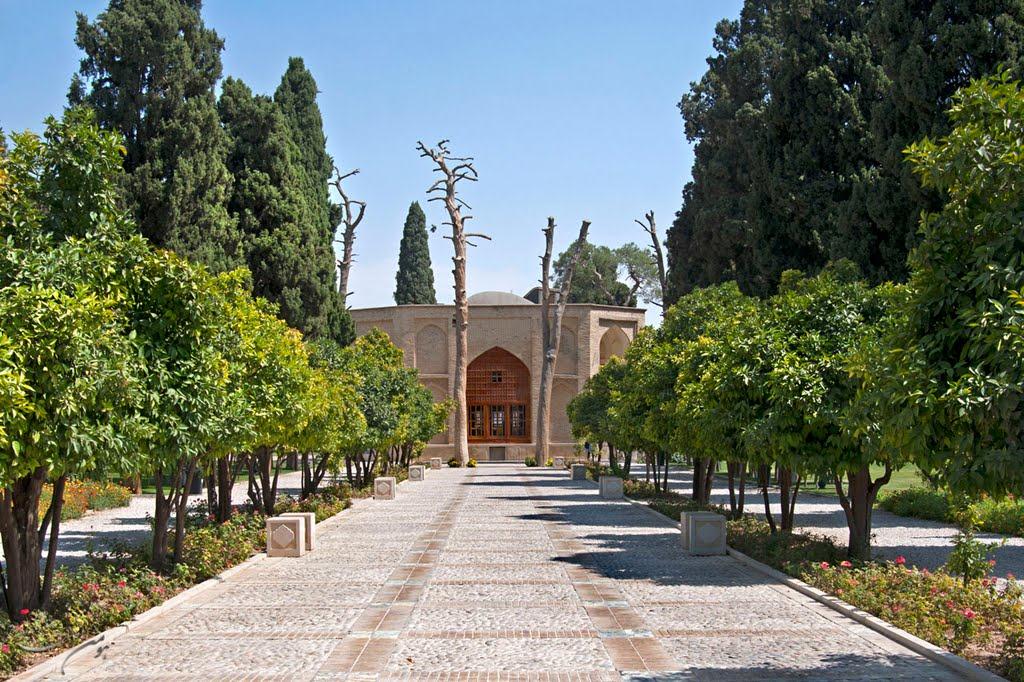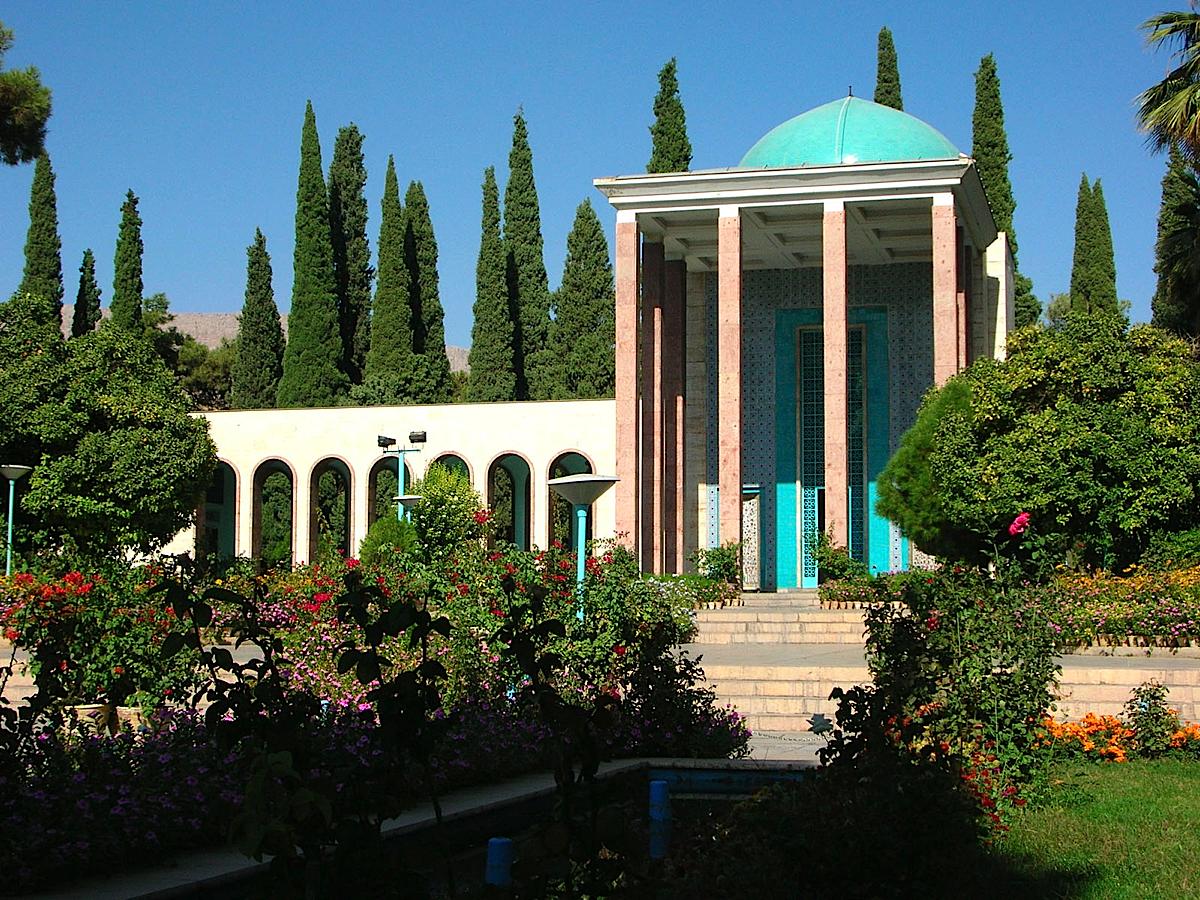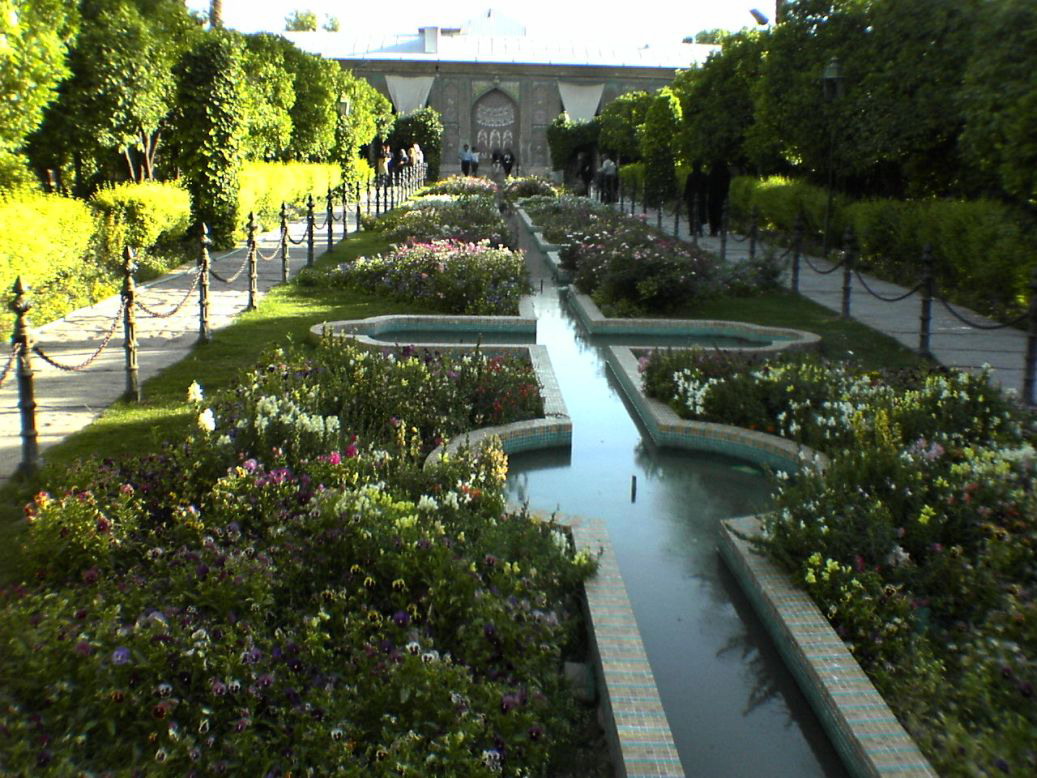
Tourism Information of Fars Province
Fars Province , is one of the thirty-one provinces of Iran and known as the cultural capital of Iran . It is in the south of the country , in Iran's Region 2 , and its administrative center is Shiraz . It has an area of 122 ,400 km² . In 2011 , this province had a population of 4.59 million people , of which 67.6% were registered as urban dwellers , 32.1% villagers , and 0.3% nomad tribes . The etymology of the word "Persian" (From Latin Persia , from Ancient Greek Περσίς (Persis)) , found in many ancient names associated with Iran , is derived from the historical importance of this region .
Fârs , or known in Old Persian as Pârsâ , is the original homeland of the ancient Persians . The native name of the Persian language is Pârsi . Persia and Persian both derive from the Hellenized form Περσίς Persis of the root word Pârs . The Old Persian word was Pârsâ .
History
The ancient Persians were present in the region from about the 10th century BC , and became the rulers of the largest empire the world had yet seen under the Achaemenid dynasty which was established in the late 6th century BC , at its peak stretching from Thrace-Macedonia , Bulgaria-Paeonia and Eastern Europe proper in the west , to the Indus Valley in its far east . The ruins of Persepolis and Pasargadae , two of the four capitals of the Achaemenid Empire , are located in Fars .
The Achaemenid Empire was defeated by Alexander the Great in 333 BC , incorporating most of their vast empire . Shortly after this the Seleucid Empire was established . However it never extended its power beyond the main trade routes in Fars , and by the reign of Antiochus I or possibly later Persis emerged as an independent state that minted its own coins .
The Seleucid Empire was subsequently defeated by the Parthians in 238 BC . By 205 BC , Antiochus III had extended his authority into Persis and it ceased to be an independent state .
Babak was the ruler of a small town called Kheir . Babak's efforts in gaining local power at the time escaped the attention of Artabanus IV , the Arsacid Emperor of the time . Babak and his eldest son Shapur I managed to expand their power over all of Persis .
The subsequent events are unclear , due to the sketchy nature of the sources . It is however certain that following the death of Babak around 220 , Ardashir who at the time was the governor of Darabgird , got involved in a power struggle of his own with his elder brother Shapur . The sources tell us that in 222 , Shapur was killed when the roof of a building collapsed on him .
At this point , Ardashir moved his capital further to the south of Persis and founded a capital at Ardashir-Khwarrah (formerly Gur , modern day Firouzabad) . After establishing his rule over Persis , Ardashir I rapidly extended the territory of his Sassanid Persian Empire , demanding fealty from the local princes of Fars , and gaining control over the neighboring provinces of Kerman , Isfahan , Susiana , and Mesene .
Artabanus marched a second time against Ardashir I in 224 . Their armies clashed at Hormizdegan , where Artabanus IV was killed . Ardashir was crowned in 226 at Ctesiphon as the sole ruler of Persia , bringing the 400-year-old Parthian Empire to an end , and starting the virtually equally long rule of the Sassanian Empire , over an even larger territory , once again making Persia a leading power in the known world , only this time along with its arch-rival and successor to Persia's earlier opponents ; the Byzantine Empire .
The Sassanids ruled for 425 years , until the Muslim armies conquered the empire . Afterwards , the Persians started to convert to Islam , this making it much easier for the new Muslim empire to continue the expansion of Islam .
Persis then passed hand to hand through numerous dynasties , leaving behind numerous historical and ancient monuments ; each of which has its own values as a world heritage , reflecting the history of the province , Iran , and West Asia . The ruins of Bishapur , Persepolis , and Firouzabad are all reminders of this . Arab invaders brought about a decline of Zoroastrian rule and made Islam ascendant from the 7th century .
Administrative divisions
Fars province is located in the south of Iran . It neighbours Bushehr Province to the west , Hormozg�?n Province to the south , Kerman and Yazd provinces to the east , Isfahan province to the north and Kohgiluyeh and Boyer-Ahmad Province to the northwest . According to the latest divisions , the province contains the following counties .
Climate and wildlife
There are three distinct climatic regions in the Fars Province . First , the mountainous area of the north and northwest with moderate cold winters and mild summers . Secondly , the central regions , with relatively rainy mild winters , and hot dry summers . The third region located in the south and southeast , has cold winters with hot summers . The average temperature of Shiraz is 16.8 °C , ranging between 4.7 °C and 29.2 °C .
The geographical and climatic variation of the province causes varieties of plants ; consequently , variation of wildlife has been formed in the province . Additional to the native animals of the province , many kinds of birds migrate to the province every year . Many kinds of ducks , storks and swallows migrate to this province in an annual parade . The main native animals of the province are gazelle , deer , mountain wild goat , ram , ewe and many kinds of birds .
The province of Fars includes many protected wildlife zones . The most important protected zones are :
· Toot Siah (Black Berry) Hunt Forbidden Zone , which is located at the end of Boanat region
· Basiran Hunt Forbidden Zone , which is located 4 kilometers south to Abadeh
· Bamu National Park , which is located north-east of Shiraz
· Estahban Forest Park (Parke Jangaly) , which is located on the outskirts of Touraj mountain
· Hermoodlar Protected Zone , which is located east to Larestan
Arjan Meadow 22 km2 (8.5 sq mi) and Lake Parishan 40 km2 (15 sq mi) are designated Wetlands of International Importance under the Ramsar convention .
Economy
Agriculture is of great importance in Fars . The major products include cereal (wheat and barley) , citrus fruits , dates , sugar beets and cotton . Fars has major petrochemical facilities , along with an oil refinery , a factory for producing tires , a large electronics industry , and a sugar mill . Tourism is also a large industry in the province . UNESCO has designated an area in the province , called Arjan (known as Dasht e Arjan) as a biosphere reserve . Shiraz , provincial capital of Fars , is the namesake of Shirazi wine . A large number of wine factories existed in the city .
Demographics
The main ethnic group in the province constitutes of Persians (including Larestani people) , while Qashqai , Lurs , Kurds , Arabs , Georgians , and Circassians constitute minorities .
Due to the geographical characteristics of Fars and its proximity to the Persian Gulf , Fars has long been a residing area for various peoples and rulers of Iran . However , the tribes of Fars including , Mamasani Lurs , Khamseh and Kohkiluyeh have kept their native and unique cultures and lifestyles which constitute part of the cultural heritage of Iran attracting many tourists .
Among the hundreds of thousands of Georgians and Circassians that were transplanted to Persia under Shah Abbas I , his predecessors , and successors , a certain amount of them were to guard the main caravan routes ; many were settled around Āsp�?s and other villages along the old Isfahan-Shiraz road . By now the vast majority Caucasians that were settled in Fars have lost their cultural , linguistic , and religious identity , having mostly being assimilated into the population .
The province has a population of 4.6 million approximately .
Transportation
Shiraz Airport is the main international airport of the province and the second in the country . The cities of Lar and Lamerd also have airports linking them with Shiraz and Tehran and nearby Persian Gulf countries such as the UAE and Bahrain . Shiraz is along the main route from Tehran to southern Iran .
Higher education
The Fars Province is home to many higher education institutes and universities . The main universities of the province include Shiraz University of Medical Sciences , Shiraz University , Shiraz University of Technology and Islamic Azad University of Shiraz .

























